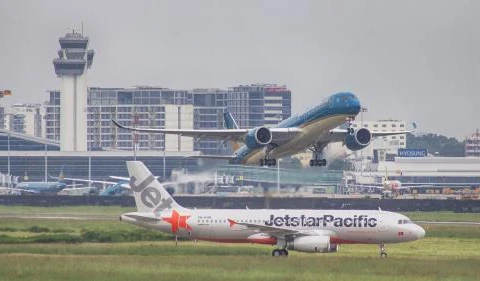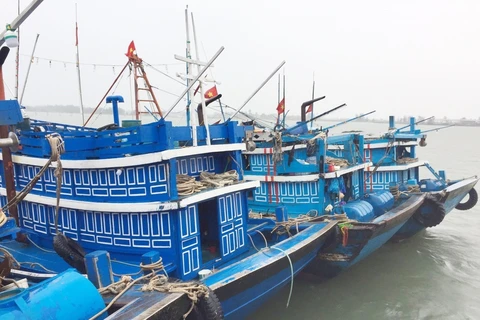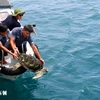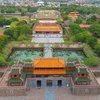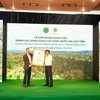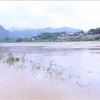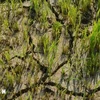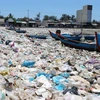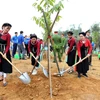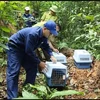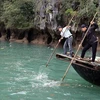Hanoi (VNA) – Typhoon Mun, the second arising in the East Sea so far this year, made landfall in localities from Hai Phong to Nam Dinh in early July 4, with a wind speed of 62-88 km/h.
At 5:00am of July 4, the eye of the storm was about 20.6 degrees North latitude and 106.5 degrees East longitude in the mainland from Hai Phong city to Nam Dinh province.
In the next 24 hours, the storm is forecast to move towards west-northwest direction with speed of 15km per hour, approaching northeastern localities before weakening into a low pressure affecting the northern mountainous and midland areas.
Strong winds have been recorded in the Tonkin Gulf covering Bach Long Vi, Co To, Cat Hai and Van Don island districts since early July 4. Seas there were very rough.
Natural disaster alert at level three was made in the mainland of localities from Quang Ninh to Thanh Hoa.
The typhoon causes torrential rain in Nghe An’s northwestern areas in the whole July 4, which is expected to reduce from the night on the same day.
Heavy rains are also forecast in the northern mountainous localities and Hanoi.-VNA
VNA


